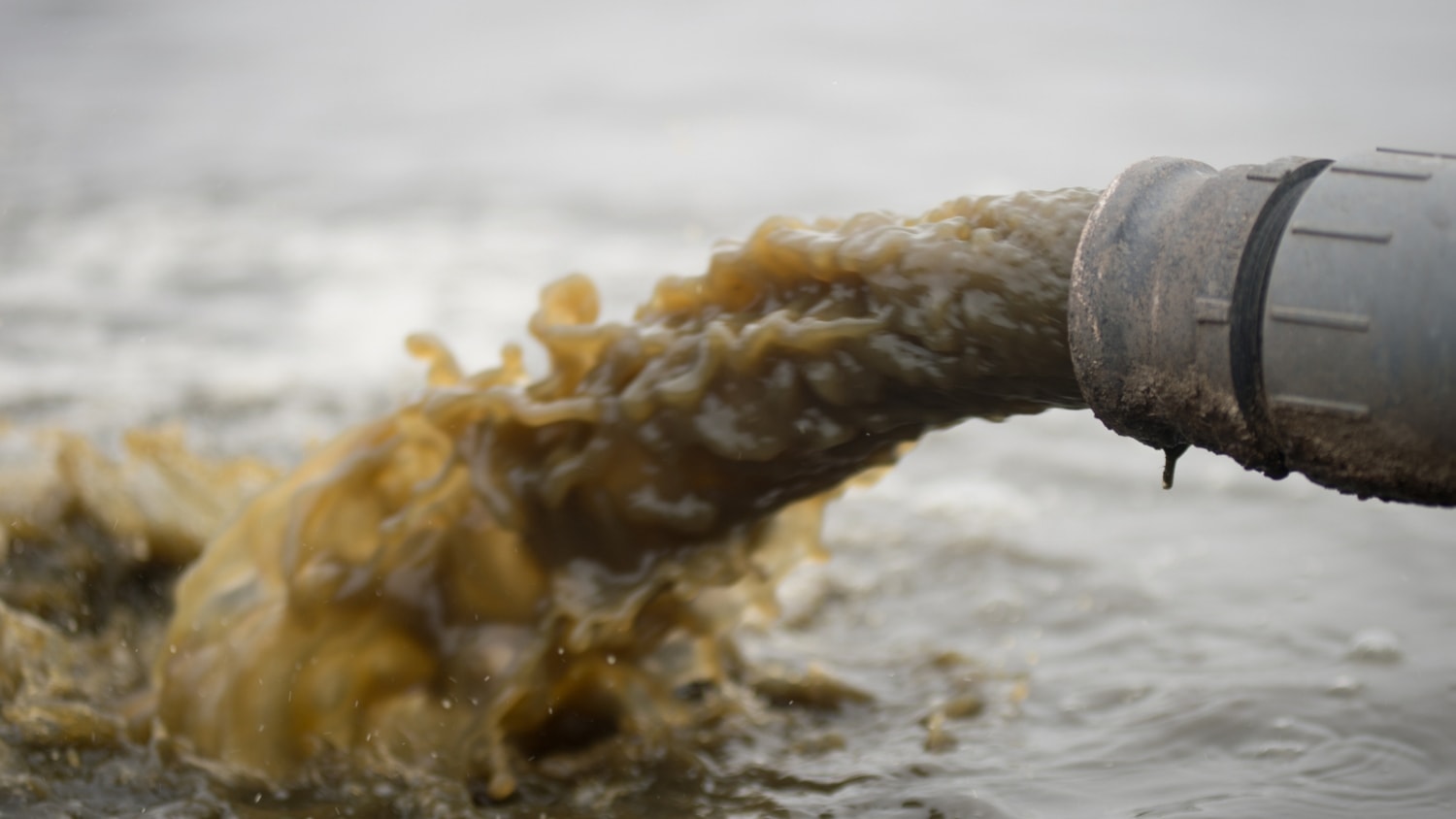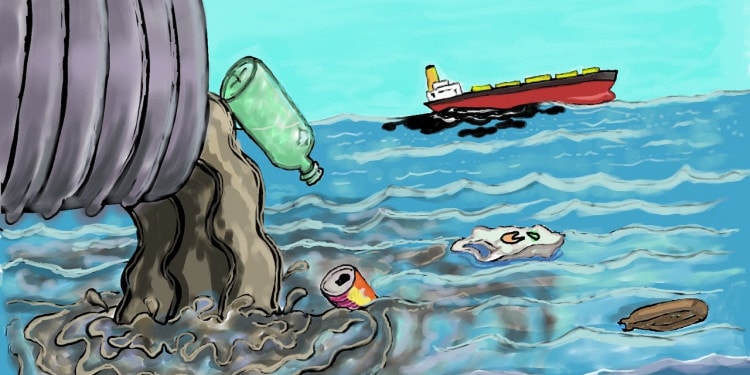This was, to all appearances, just one more routine investigation under the Clean Water Act, very necessary, however, as it was intended to address a serious public health crisis that threatened a local community in the southern United States, including the future health and mental development of its children.
The Department of Justice (DOJ) on April 11, 2025, in a press release, announced the termination of a 2023 Biden Administration environmental justice settlement agreement that stemmed from an investigation into the health risks associated with raw sewerage for Lowndes County, Alabama, a place in which roughly 72% are minority residents.
“The DOJ will no longer push ‘environmental justice’ as viewed through a distorting DEI lens,” Harmeet Dhillon, assistant attorney general for the department’s civil rights division, said in a statement. “President Trump made it clear: Americans deserve a government committed to serving every individual with dignity and respect, and to expending taxpayer resources in accordance with the national interest, not arbitrary criteria.”

The History of the Clean Water Act
The Federal Water Pollution Control Act of 1948 was the first major U.S. law to address water pollution. Growing public awareness and concern for controlling water pollution led to its enactment.
National Resources Defense Council’s activism to address “the dead fish stench at Indian Point” and save the Hudson River led directly to the Clean Water Act of 1972 (CWA).
The CWA had major amendments that strengthened environmental efforts, including:
- Providing the basic structure for regulating pollutant discharges into the waters of the United States.
- Authorizing the Environmental Protection Agency (EPA) (created in 1970 by then-President Nixon) to implement pollution control programs, such as setting wastewater standards for industry.
- Maintained existing requirements to set water quality standards for all contaminants in surface waters.
- Made it unlawful for any person to discharge any pollutant from a point source into navigable waters unless a permit was obtained under its provisions.
- Funded the construction of sewage treatment plants under the construction grants program.
- Recognized the need for planning to address the critical problems posed by nonpoint source pollution.
In 1981, revisions streamlined the municipal construction grants process, improving the capabilities of treatment plants built under the program. Subsequent changes in 1987 phased out the construction grants program, replacing it with the State Water Pollution Control Revolving Fund, more commonly known as the Clean Water State Revolving Fund. This new funding strategy addressed water quality needs by building EPA-state partnerships.
Implications of the Trump Administration’s decision to fight diversity and how it rolls back the Clean Water Act
A key feature of the CWA is the National Pollutant Discharge Elimination System (NPDES), which requires that any point source discharges into navigable waters obtain permits containing effluent limits and monitoring requirements. This system aims to control water pollution at its source, ensuring compliance with water quality standards.
Since its inception, the CWA can point to numerous instances where concerted efforts to clean up polluted waterways have revitalized communities, improved ecosystems, and restored recreational opportunities.
Advocacy for clean water did not only focus on environmental outcomes but also acknowledged the social and economic dimensions, leading to the rise of environmental justice movements aimed at addressing the disproportionate impacts of pollution on marginalized communities.
The Justice Department’s decision for Lowndes County, Alabama, has underscored potential challenges in the future of the Clean Water Act and the environmental protections it embodies.
The Trump Administration’s decisions concerning water quality regulations represent a rollback of critical environmental protections established under the CWA.
These are conscious decisions and mean serious weakening of standards and oversight mechanisms designed to prevent pollution from entering navigable waters. Such decisions make it easier for industrial dischargers, including municipalities, to release untreated or inadequately treated sewage into water bodies.
Related Articles: As Cities Grow Across Africa, They Must Plan for Water Security | Health Flows From Safe Water | Small Loans for Safe Water: Unleashing Women’s Power | How Environmental Racism Has Caused a Water Crisis in Mississippi
What happened in Alabama and why it matters
In the case of Lowndes County, Alabama, residents had understandably reached out for government funding under the Clean Water Act as nearly three-quarters of them were living in poverty, unable to pay for the needed sewage, in unincorporated areas with scant access to municipal sanitation systems. As to installing home sewage systems, they were inevitably costly due to the clay texture of the local soil.
On rainy days, there were numerous cases of sewage backup and failures of septic tanks. But consider the high cost of installing sewage for poor families: At an estimated $70,000 per home, it simply is out of reach for families earning on average $30,000/year.
Undisputed is the need for sewage, with dirty water often flooding back into the people’s courtyards and even their homes when rains blocked the outflow. In fact, the Alabama Department of Public Health (ADPH) issued health alerts emphasizing the need for healthcare providers to consider these types of infections in patients exposed to raw sewage. They were aware of bacterial, viral, parasitic, or intestinal worm infections in young and old patients presenting with gastrointestinal symptoms.
Thus, in the course of an 18-month investigation, federal authorities determined that Alabama’s enforcement of sanitation laws “threatened residents of Lowndes County with criminal penalties and even potential property loss for sanitation conditions they did not have the capacity to alleviate.” (bolding added)
The Trump decision to terminate the federal investigation is a major challenge to the environmental community, public health advocates, and community leaders to forcefully make the case that such “non-actions,” while disproportionately affecting low-income and minority communities already burdened by pollution, affect us all.
It has long been known that exposure to contaminated water results in illnesses, including gastrointestinal infections, respiratory problems, and other serious health conditions. As mentioned, raw sewage often contains harmful pathogens, nutrients, and chemicals, leading to hazardous conditions for people and wildlife alike.
Congress needs to take it upon itself to reinforce the authority and capacity of the EPA to enforce the CWA as it was designed to do. If there is any real commitment to “Make America Healthy Again,” this must be part of it.
Editor’s Note: The opinions expressed here by Impakter.com columnists are their own, not those of Impakter.com — In the Cover Photo: Illustration of raw sewage being released into the ocean. Cover Photo Credit: Needpix.














